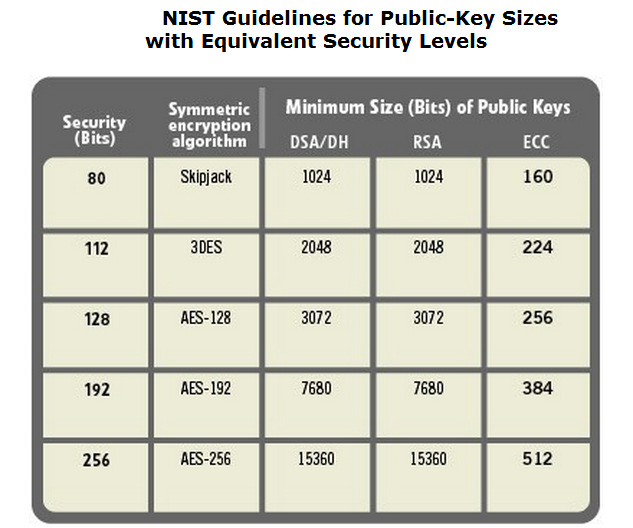Chilkat • HOME • Android™ • Classic ASP • C • C++ • C# • Mono C# • .NET Core C# • C# UWP/WinRT • DataFlex • Delphi ActiveX • Delphi DLL • Visual FoxPro • Java • Lianja • MFC • Objective-C • Perl • PHP ActiveX • PHP Extension • PowerBuilder • PowerShell • PureBasic • CkPython • Chilkat2-Python • Ruby • SQL Server • Swift 2 • Swift 3,4,5... • Tcl • Unicode C • Unicode C++ • Visual Basic 6.0 • VB.NET • VB.NET UWP/WinRT • VBScript • Xojo Plugin • Node.js • Excel • Go
Using AES with OpenSSL to Encrypt Files, Generate an AES key plus Initialization vector (iv) with openssl and -aes-256- cbc -in message.txt -out message.txt.enc -base64 -K key -iv In your case the SecureRandom.hex is returning base64 encoded bits, while OpenSSL::Cipher::Cipher.new('aes-256-gcm').randomkey is returning ASCII encoded bits. You do not generate the key used by aes when you use ssh-keygen.Since aes is a symmetric cipher, its keys do not come in pairs. Both ends of the communication use the same key. The key generated by ssh-keygen uses public key cryptography for authentication. From the ssh-keygen manual. Ssh-keygen generates, manages and converts authentication keys for ssh(1). Use the OpenSSL command-line tool, which is included with InfoSphere® MDM, to generate AES 128-, 192-, or 256-bit keys. The madpwd3 utility is used to create the password. How to generate RSA, ECC and AES keys: pkcs11-tool is a command line tool to test functions and perform crypto operations using a PKCS#11 library in Linux. It always requires a local available working P11 module (.so in Linux or.DLL in Windows) and allows various cryptographic action. Pkcs11tool is part of the OpenSC package.
| Demonstrates how to use RSA to protect a key for AES encryption. It can be used in this scenario: You will provide your RSA public key to any number of counterparts. Your counterpart will generate an AES key, encrypt data (or a file) using it, then encrypt the AES key using your RSA public key. Your counterpart sends you both the encrypted data and the encrypted key. Since you are the only one with access to the RSA private key, only you can decrypt the AES key. You decrypt the key, then decrypt the data using the AES key. This example will show the entire process. (1) Generate an RSA key and save both private and public parts to PEM files. (2) Encrypt a file using a randomly generated AES encryption key. (3) RSA encrypt the AES key. (4) RSA decrypt the AES key. (5) Use it to AES decrypt the file or data.
| |||||

© 2000-2021 Chilkat Software, Inc. All Rights Reserved.